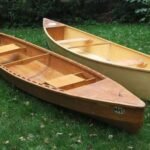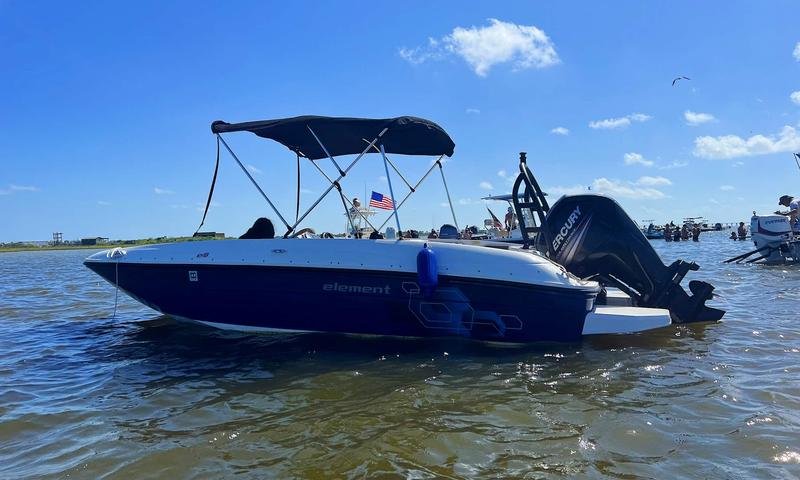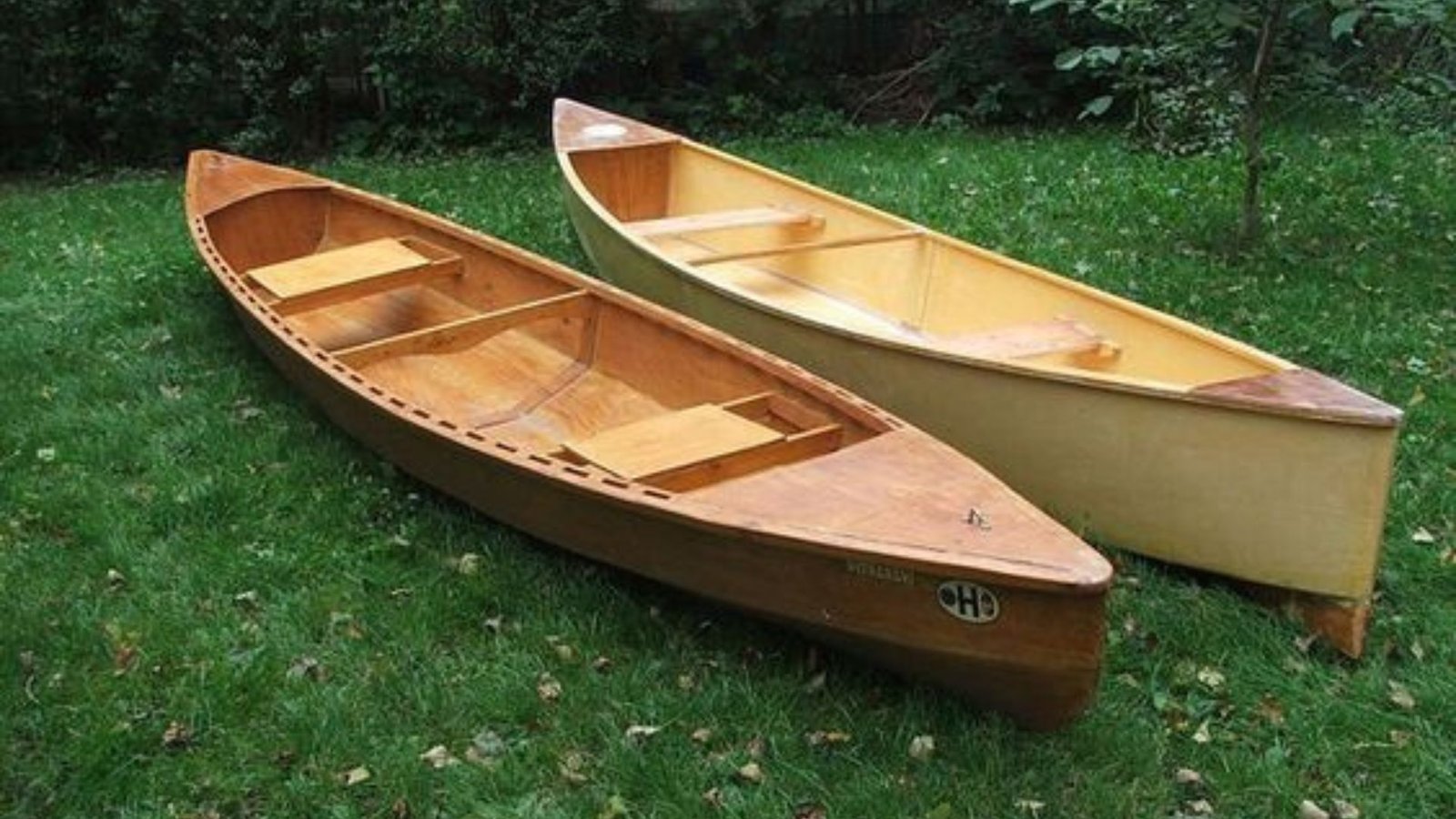Building a boat is an exciting and rewarding project, but it can also be challenging, especially for beginners. There are many steps involved, from planning and designing to the actual construction process. Even the smallest mistake can lead to serious problems later on, so it’s essential to be aware of potential pitfalls. In this article, we will highlight the top mistakes to avoid in boat construction to ensure your project is a success.
1. Skipping the Design Phase
One of the biggest mistakes in boat construction is failing to plan the design thoroughly. Building a boat without a solid plan can lead to mistakes in measurements, proportions, and even safety features. A well-thought-out design will not only guide you throughout the building process but also ensure that the boat will be functional, stable, and safe.
Before starting, invest time in creating a detailed design or choose a proven boat plan. Consider the boat’s purpose, size, shape, and intended use. For example, a fishing boat needs different design elements than a recreational boat. A good design will help you avoid costly mistakes down the line.
2. Choosing the Wrong Materials
Another common mistake is choosing the wrong materials for the boat. Not all woods, metals, and fiberglass are suitable for boat construction. It’s essential to select materials that are durable, water-resistant, and appropriate for the boat type.
For wooden boats, make sure to choose rot-resistant woods such as mahogany, oak, or marine plywood. For fiberglass boats, ensure that you use marine-grade resin and high-quality fiberglass cloth. Using low-quality or inappropriate materials can compromise the boat’s strength and longevity.

3. Neglecting Proper Framing and Reinforcements
A boat’s frame is the backbone of its structure. Skipping or rushing through the framing process can lead to a boat that lacks the necessary support to handle stress and weight. Without a strong frame, your boat may bend, warp, or even break under pressure.
Ensure that the framing is solid and well-reinforced. Pay attention to key areas such as the hull, transom, and joints. If building a wooden boat, use proper joints like lap joints or scarf joints, and secure everything with epoxy and screws. For fiberglass boats, make sure the internal structure is reinforced with additional layers of fiberglass in high-stress areas.
4. Overlooking the Importance of a Proper Seal
A major mistake in boat construction is overlooking the need for a proper seal around the hull and deck. Water intrusion can cause wood to rot, damage internal components, and make your boat unsafe. Sealing seams and joints is crucial for water resistance.
Use high-quality marine sealants to fill gaps between boards or panels, especially around the hull and deck. Make sure to check that all seams are sealed tightly to prevent leaks. Regularly inspect these areas throughout the life of the boat to ensure they remain sealed.
5. Not Considering Weight Distribution
Weight distribution is critical for the stability and performance of your boat. Failing to properly distribute the weight can result in poor handling, instability, or even capsizing. It’s essential to carefully plan where components such as the engine, battery, and fuel tanks will be placed.
Consider the boat’s center of gravity when placing heavy equipment and passengers. For smaller boats, a low center of gravity is important for stability. In larger boats, evenly distributing weight across the hull ensures a balanced and efficient ride.
6. Using Inadequate Fasteners and Adhesives
Many boat builders make the mistake of using regular screws, nails, or adhesives that aren’t designed for marine environments. Saltwater, humidity, and pressure from waves can cause these materials to deteriorate quickly, compromising the integrity of the boat.
Always use marine-grade fasteners, screws, and adhesives. Stainless steel or brass screws resist corrosion and offer long-lasting strength. Epoxy resin is commonly used for wood bonding in boat construction because it’s durable and water-resistant. Using inferior products will lead to faster wear and tear, and may require costly repairs.
7. Ignoring Proper Ventilation
Proper ventilation is often overlooked but is crucial in boat construction, especially for wooden boats. Without adequate airflow, moisture can build up inside the boat, leading to mold, mildew, and even wood rot.
Ensure that the boat’s interior has sufficient ventilation, especially in enclosed spaces like the cabin or storage areas. Install vents or hatches to allow air to circulate, keeping the boat dry and preventing damage to the materials inside. This is especially important if the boat will be stored for long periods.
8. Rushing the Curing Process
When working with materials like epoxy resin or fiberglass, patience is key. Rushing the curing process or not allowing sufficient drying time between layers can result in a weak, poorly bonded boat. For instance, applying a second coat of resin before the first coat is fully cured can lead to peeling or a lack of adhesion.
Follow the manufacturer’s instructions carefully for curing times, especially when using epoxy or fiberglass. Allow each layer to fully cure before proceeding to the next step to ensure a strong and durable finish.
9. Failing to Test the Boat Before Use
Once your boat is built, it’s tempting to take it out on the water immediately, but testing is essential. Many builders skip this step or don’t conduct enough thorough testing, leading to unexpected issues during use.
Before you launch your boat for the first time, take it out in a controlled environment, like a calm lake or bay, to check its performance. Look for any leaks, balance issues, or areas of weakness. Testing the boat will give you the opportunity to make adjustments or repairs before venturing into more challenging waters.
10. Neglecting Maintenance After Construction
Boat construction doesn’t end once the boat is built and launched. Ongoing maintenance is essential to preserve your boat’s condition and ensure it remains safe and functional. Failing to maintain your boat after construction can lead to costly repairs and a shorter lifespan.
After each use, clean the boat thoroughly, inspect for damage, and address any issues promptly. Regularly apply protective coatings, such as varnish or bottom paint, and check for leaks, especially around seams and joints. Proper maintenance will extend the life of your boat and keep it looking beautiful for years to come.
Conclusion
Boat construction is a rewarding endeavor, but avoiding common mistakes is key to ensuring your project’s success. From careful planning and material selection to proper sealing and maintenance, taking the time to do things right will result in a safer, longer-lasting boat. By being mindful of these top mistakes to avoid, you’ll be well on your way to creating a boat that’s both functional and beautiful.











